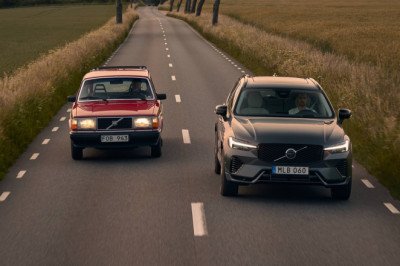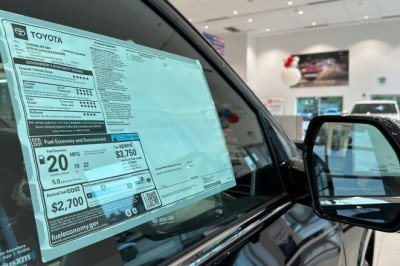
Smart motorways use technology to control the flow of traffic, reduce congestion and improve journey times. However, these roads have proved highly controversial in recent years.
The rollout of smart motorways across the UK was paused in 2022, then halted altogether a year later. The then-prime minister, Rishi Sunak, cited a lack of public confidence in the roads, which have been blamed for a number of road accidents and deaths, as one reason for his decision.
However, are still 375 miles of smart motorways in the UK, so understanding how they work is important – both for your own safety and that of others.
These are the three types of smart motorway that you may encounter:
Read our separate advice guide to discover more about the pros and cons of smart motorways.
National Highways, which manages the motorway and A-road network in England, has the following advice for motorists driving on a smart motorway:
If you are unable to exit the motorway, follow these steps:
A red ‘X’ means you must stay out of a lane that is closed to traffic. It might be displayed on an overhead gantry or on large signs next to the motorway.
It’s illegal to drive in a lane closed by a red ‘X’ sign. You could receive a fixed penalty of up to £100 and three points on your driving licence. More severe penalties and a court appearance could follow in some cases.
National Highways might impose a variable speed limit at busy times, but these can also be automatically triggered by sensors that monitor traffic flow.
The speed limit is displayed inside a red circle and is legally enforceable. If no limit is displayed, the national speed limit of 70mph on a motorway applies.
Speed cameras are in operation on the smart motorway network and the police are responsible for enforcing speeding offences.
As on any motorway, you should always drive in the left-hand lane when the road ahead is clear.
You must not drive on the hard shoulder except in an emergency, or unless instructed to by the police, National Highways or road signs.
ALSO READ:
Merging in turn or jumping the queue? A motorist’s guide
Car insurance: compulsory and voluntary excess explained
What are synthetic fuels – and can they save cars as we know them?
Shell survey finds growing resistance to EV switch
Is it legal to drive after taking hay fever tablets?















Facebook Conversations